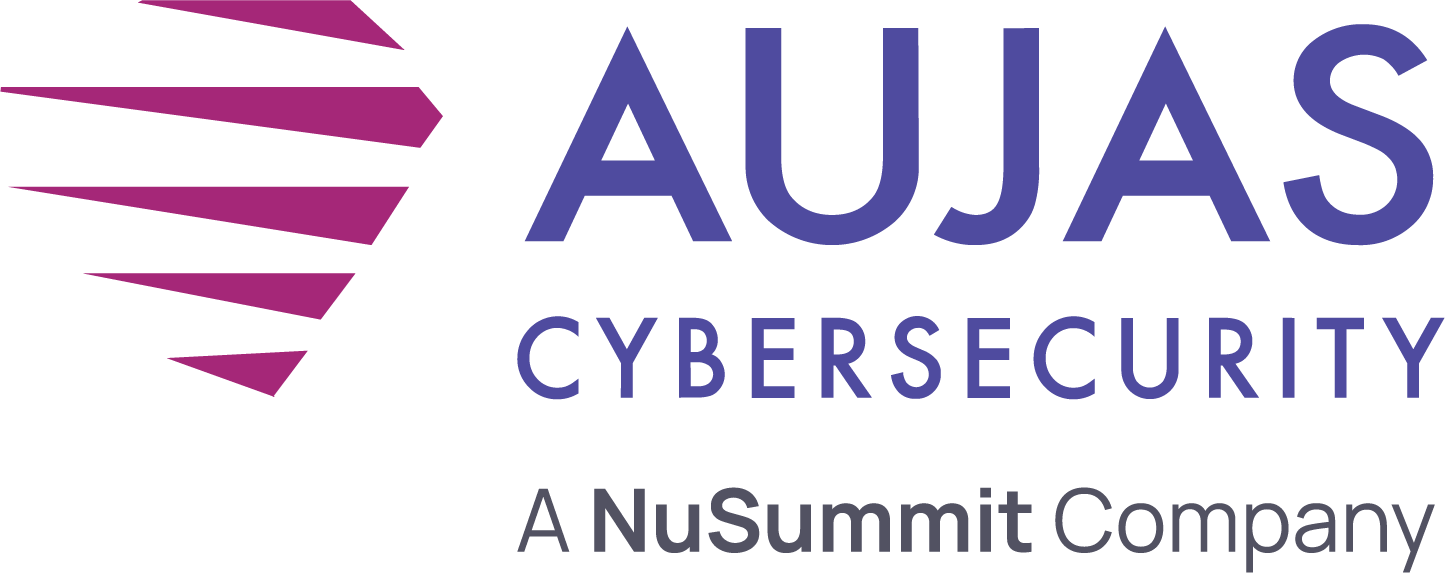
Cybersecurity is a strategic driver for transformation that is quietly undergoing a strategic shift as we move forward in 2025. Rising threats and regulatory pressures are forcing organizations and business leaders to rethink how security is designed, deployed, and scaled, driving demand for integrated security platforms, intelligent and specialized solutions, and agile defenses.
Analysts expect significant growth in this area. According to Gartner[1], global cybersecurity spending will likely reach $212 billion in 2025—15.1% higher than in 2024—showing how quickly these challenges escalate. Organizations must allocate their budgets wisely to achieve maximum impact. The market is enormous, with countless companies offering diverse products and services. New product categories appear regularly to address specific security gaps that remain unfilled by existing platforms.
Although these developments bring complexity, they create openings for organizations to become more resilient, agile, and customer-focused. Below are the core trends organizations should track throughout the year.
Market Consolidation: Mergers, Acquisitions, and Platformization
We are seeing a surge in mergers and acquisitions (M&A) throughout the cybersecurity market. Established companies acquire specialized innovators to strengthen their offerings, and traditional IT giants increasingly shift toward security products and services, aiming to capture valuable long-term prospects. This consolidation helps businesses reduce the tools they must manage, integrate threat intelligence, and automate response processes.
One example is an infrastructure solutions provider that acquired an AI-driven Security Information and Event Management (SIEM) leader. By bringing advanced analytics, threat detection, and automated response under one roof, this deal underscores the industry’s push for integrated platforms. The main objective is clear: companies want to expand their security portfolios with AI-driven capabilities.
Well-executed M&A combines previously separate areas, such as endpoint, network, and cloud security, into one cohesive platform. This consolidation streamlines vendor management and lowers operational burdens. Faster detection and resolution of threats translate into less downtime and an improved customer experience.
Expansion of Integrated Security Platforms
Canalys[2] reports that the top 12 cybersecurity vendors control over half of the market. Their comprehensive solutions appeal to organizations because they cover many attack surfaces, from identity and access management to secure cloud gateways.
The market continues to evolve and consolidate. Canalys emphasizes that persistent threats make it difficult for customers to delay the strengthening of cyber defenses.
Holistic platforms reduce the headaches of integration and procurement. They also automate routine tasks, freeing cybersecurity teams to concentrate on strategic efforts like risk analysis and response planning. The payoff is stronger operational resilience with lower costs, giving businesses a competitive advantage in regulated or customer-centric industries.
Venture Capital Still Fuels Niche Innovation
Although market consolidation grows, venture capital (VC) funding for cybersecurity startups remains healthy. Crunchbase[3] data shows a 43% jump in cybersecurity VC investments in 2024, totaling $11.6 billion. While the number of deals has dipped, the average size of each deal has increased, signaling more focused but larger bets on standout startups.
VCs continue pouring billions of dollars into firms highlighting advanced technologies—especially in security, quantum computing, and artificial intelligence. Some experts, however, warn that widespread enthusiasm for AI may redirect future funding exclusively toward AI-focused companies, resulting in stiff competition among security startups.
Collaborating with emerging players allows organizations to tap into advanced solutions, especially for niche challenges like AI-related threats. Pilot programs or co-development initiatives with these startups can prepare large organizations for sophisticated attacks.
Dual Strategy: Platforms Coupled with Best-of-Breed Tools
Although consolidated platforms deliver extensive coverage and simplicity, many organizations still rely on specialized solutions to tackle threats. Gartner[4] reveals that organizations plan to enlarge their security vendor network to manage emerging risks effectively.
This two-track approach reflects a reality: no single platform can handle every security issue equally well. A broad platform may manage routine threats effectively but fall short on zero-day exploits. Best-of-breed tools often respond faster to such targeted threats than waiting for platform updates.
Balancing platform adoption with select point solutions ensures that security investments remain cost-effective yet nimble. Organizations can safeguard critical systems more comprehensively by avoiding an unmanageable sprawl of vendors while still being flexible enough to integrate specialized tools for urgent threats.
The Transitioning Legacy SIEM to Cloud SIEM Market
Legacy SIEMs are struggling to keep pace with the dynamic threat landscape and the complexities of modern cloud environments, leading to scalability issues, high costs, and limited visibility. Legacy SIEM solutions are increasingly losing ground[5] as vendors bundle log management, threat intelligence, and extended detection and response (XDR) features into cloud-native SIEMs. Cloud SIEMs allow faster threat detection, automated responses, and better security insights without the operational overhead of on-premise solutions. Experts predict further mergers among dedicated SIEM providers, given the appeal of unified dashboards that use AI analytics and automated threat hunting.
Migrating to integrated systems offers real-time insights with fewer manual tasks, which cuts the mean time to detect (MTTD) and the mean time to respond (MTTR). These improvements protect an organization’s brand reputation. Strategically, fast detection and resolution keep minor incidents from growing into significant breaches that could shake stakeholders’ confidence and customer trust.
Securing the AI Ecosystem
Although AI shows great promise in boosting threat detection and automating workflows, it also creates new points of vulnerability[6]. AI-driven cyberattacks may surpass conventional defenses, and adversarial threats can undermine machine learning models through data poisoning or other manipulative inputs. AI Security Posture Management (AI-SPM) solutions have appeared to address these risks, aiming to protect and monitor AI systems throughout their lifecycle. Both established vendors and new entrants have introduced these capabilities.
If your organization relies on AI to elevate customer experiences or enhance supply chains, you must ensure robust AI security. Compromised AI models may derail product timelines, interrupt crucial services, and trigger compliance problems, especially in heavily regulated environments like finance or healthcare.
Single-Vendor SASE on the Rise
Secure Access Service Edge (SASE) merges network functions with security tools, optimizing access for distributed operations. While multi-vendor solutions led the way initially, many companies now prefer single-vendor suites due to streamlined deployment and consistent policy control. The Dell’Oro Group[7] estimates that single-vendor SASE might comprise a significant portion of the market by 2028. This preference stems from the convenience of integrated, one-stop solutions that simplify deployment and management.
A unified SASE architecture centralizes security policy and significantly benefits organizations that handle widespread remote teams and manage various cloud endpoints.
The Road Ahead for Enterprise Cybersecurity
Cybersecurity has become a powerful enabler of business innovation. Leaders realize that well-structured cyber defenses improve brand reputation and operational strength. As platforms become more integrated and emerging companies offer specialized solutions, organizations can combine broad coverage with targeted protection.
This balance builds agility and encourages new ideas. It also answers the growing demands of regulators and customers. Investing in platforms and specialized tools will help organizations stay prepared, especially with AI’s rapid growth, adding another layer of risk and opportunity. By keeping security at the heart of strategic decisions, businesses can protect their data, improve customer trust, and seize fresh market possibilities.




